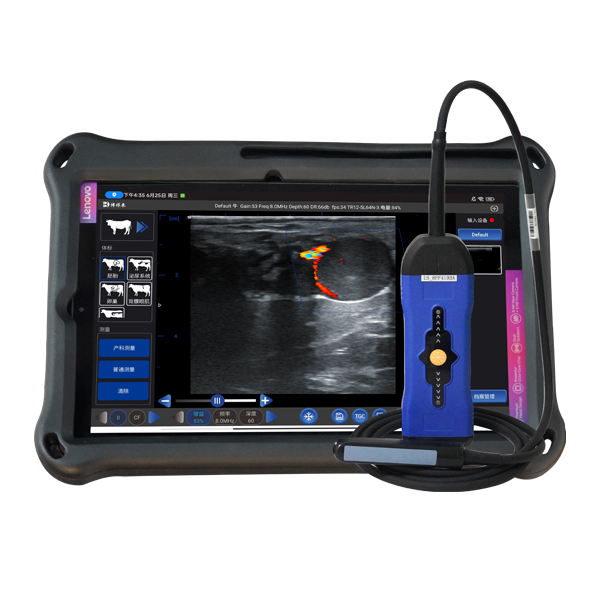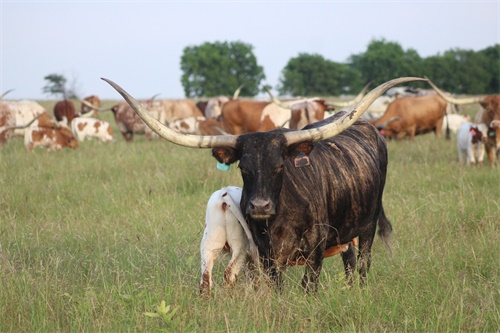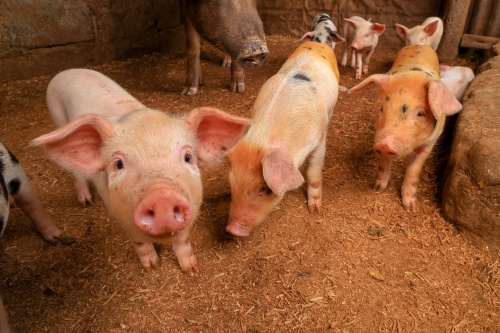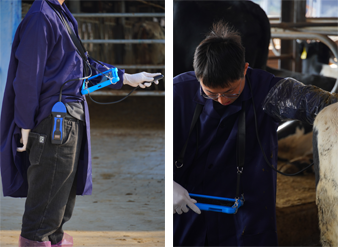Understanding the ovulation period in sheep is essential for successful reproductive management, especially when aiming to improve flock fertility, optimize breeding schedules, and ensure high conception rates. For both small-scale and commercial sheep farmers, accurately identifying when a ewe is in estrus—or more precisely, ovulating—can mean the difference between a profitable lambing season and a missed opportunity. Across the globe, sheep producers and researchers alike emphasize the value of closely monitoring reproductive behavior and physiological signs. In this article, we will explore the signs and sensations associated with ovulation in sheep, examine how farmers and veterinarians in various countries approach estrus detection, and offer practical insights into managing reproduction more efficiently.
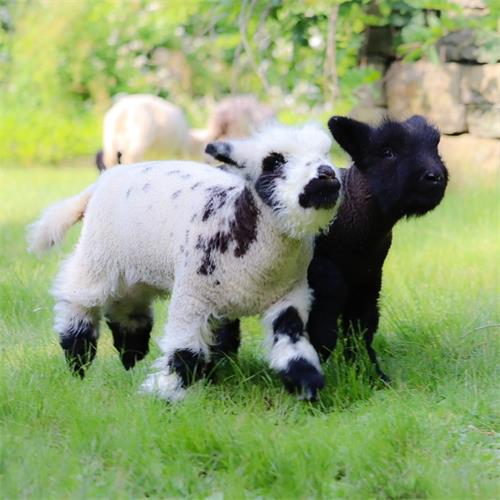
Understanding the Ovulation Cycle in Ewes
Ovulation in ewes is the process during which a mature follicle on the ovary releases an egg, making the ewe capable of becoming pregnant if bred. This event typically occurs once during each estrous cycle, which usually lasts between 16 to 17 days. The ovulation itself happens around 24 to 30 hours after the onset of estrus (also referred to as “heat”). It is during this narrow window that successful fertilization is most likely.
Ewes are seasonally polyestrous animals, which means they have multiple cycles during the breeding season, typically influenced by the length of daylight. In most breeds, estrus cycles occur during the fall and early winter months, although some breeds like Dorset or Merino can cycle year-round.
Behavioral and Physical Signs of Ovulation
Detecting ovulation requires observing subtle behavioral and physiological signs, as ewes tend to express estrus less dramatically than cattle or pigs. Nonetheless, experienced farmers and researchers have identified several consistent indicators.
1. Behavioral Changes
One of the most reliable signs of impending ovulation is a change in behavior. These include:
Increased restlessness: Ewes may pace more than usual, become more vocal, or appear distracted.
Seeking out rams: A ewe in estrus is more likely to approach and follow males, even mounting other ewes in some cases.
Standing to be mounted: This is one of the most definitive signs. A ewe ready to ovulate will stand still and allow a ram or teaser ram to mount her.
2. Vulvar Changes
During estrus, the ewe’s vulva may swell slightly and appear moist or reddened. In some cases, a clear or slightly cloudy vaginal discharge may be observed. These signs generally occur within 24 hours before ovulation.
3. Hormonal Fluctuations
Though not visible to the naked eye, the ewe's internal hormone profile undergoes rapid change around ovulation. Estrogen levels peak, promoting signs of receptivity and physical readiness. After ovulation, progesterone begins to rise as the corpus luteum forms on the ovary.
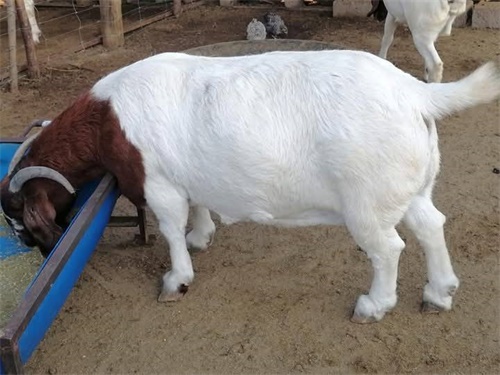
Sensory Perceptions and Subtle Signs
While sheep cannot verbally express their sensations, animal behaviorists suggest that ewes may experience mild discomfort or heightened sensitivity during ovulation. Some researchers hypothesize that slight abdominal cramping, similar to what has been recorded in women and primates, may also be present in sheep. However, these sensations are not easily observable and are generally inferred from behavioral cues such as restlessness or frequent lying down and standing up.
Additionally, ewes in estrus tend to be more sensitive to touch around the rump and flanks, and they may exhibit tail wagging when approached by a ram or handler. These subtle reactions can help skilled handlers detect readiness to breed.
Global Practices: How Farmers Worldwide Detect Ovulation
Farmers around the world employ different strategies for identifying ovulation and breeding readiness in sheep, often influenced by climate, breed, technology access, and flock size.
United Kingdom
In the UK, where sheep farming is highly developed, farmers often use teaser rams fitted with marking harnesses. These rams are vasectomized and serve only to detect estrus. A ewe with a fresh mark is likely to have ovulated recently or is close to doing so. Some advanced farms also use hormonal synchronization combined with ultrasound scanning to ensure ewes are bred at optimal times.
Australia and New Zealand
In extensive grazing systems common to Australia and New Zealand, detecting individual estrus signs can be challenging. Therefore, controlled internal drug release (CIDR) devices and light-controlled breeding are often used to synchronize ovulation. Once synchronization is achieved, rams are introduced to the flock to cover as many receptive ewes as possible in a short period.
United States
In the U.S., farmers often combine visual observation, teaser rams, and veterinary ultrasonography to manage breeding. Technologies such as B-mode ultrasound allow practitioners to detect follicular development on the ovary and confirm ovulation timing or early pregnancy within days.
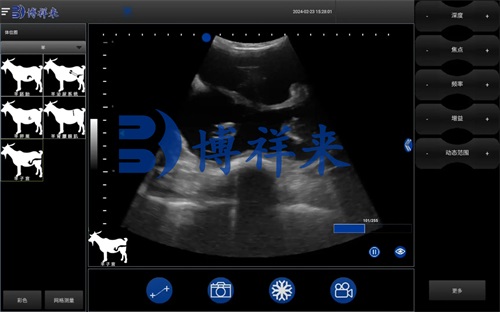
Role of Ultrasound in Monitoring Ovulation
While traditional estrus detection methods rely on behavioral and visual cues, ultrasound has become an indispensable tool for confirming ovulation and evaluating reproductive status. With real-time imaging, veterinarians can:
Monitor follicular development leading up to ovulation
Confirm ovulation by visualizing the corpus luteum
Assess uterine condition, ensuring it is suitable for embryo implantation
These capabilities are particularly useful when managing synchronized breeding programs or artificial insemination schedules.
Devices like portable veterinary ultrasounds equipped with high-resolution imaging, such as those using B-mode technology, are commonly employed. These tools offer non-invasive, accurate, and repeatable results, making them suitable for both field and clinical settings.
Estrus Synchronization and Its Effect on Ovulation Signs
In modern sheep farming, synchronization protocols using progesterone-releasing devices and gonadotropins have become increasingly popular. These methods allow farmers to:
Group ovulation events, ensuring a concentrated lambing period
Improve conception rates, especially when using artificial insemination
Simplify management, particularly in large flocks
However, synchronization can also mask or alter the natural signs of ovulation. In such cases, visual detection becomes less reliable, and tools like ultrasound become even more critical in confirming success.
Practical Implications for Breeding Management
For farmers, accurately identifying ovulation isn’t just a matter of curiosity—it directly affects profitability. Well-timed breeding:
Increases conception rates
Reduces open days (days a ewe is not pregnant)
Enables better lambing management, including forecasting labor needs and shelter
Combining traditional signs with modern diagnostics, including ultrasonography, creates a hybrid approach that maximizes efficiency.
Common Mistakes and Misinterpretations
Even experienced farmers can misinterpret the signs of estrus and ovulation. Common pitfalls include:
Assuming mounting behavior is always reliable – Ewes sometimes mount each other outside of estrus.
Overlooking quiet estrus, especially in shy or first-time breeders
Failing to account for environmental stressors, such as heat or transport, which can suppress estrus behavior
Incorporating ultrasound assessments and maintaining breeding logs can help mitigate these challenges.
Future Trends and Technologies
Looking ahead, technologies like automated estrus detection collars, infrared thermography, and biometric monitoring are being tested to enhance accuracy in ovulation detection. While not yet widely adopted in sheep farming, such tools are likely to become more accessible as precision livestock farming gains popularity.
In conjunction, machine learning algorithms and cloud-based flock management software can help predict estrus and ovulation patterns based on historical data and environmental inputs.
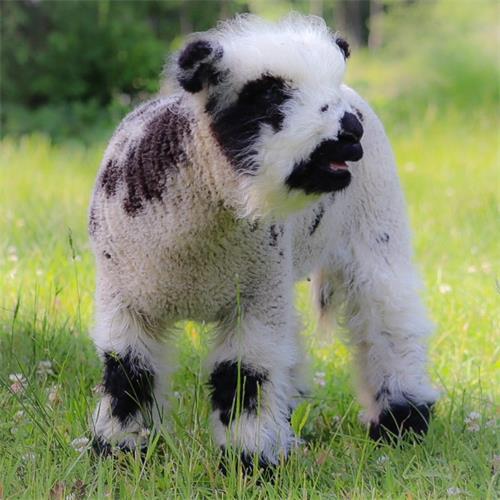
Conclusion
Recognizing the signs and sensations of ovulation in sheep is fundamental to effective reproductive management. While behavior and physical cues offer valuable insights, modern tools like ultrasound provide a more precise and reliable method for monitoring ovulation and optimizing breeding schedules. By integrating traditional knowledge with new technologies, sheep farmers around the world are improving conception rates, streamlining lambing operations, and ensuring the long-term productivity of their flocks.
As awareness of these tools grows, we can expect more widespread use of ultrasound and synchronization strategies—paving the way for a more scientific and profitable approach to sheep breeding.
Reference Sources:
Smith, L. B., & Martin, J. F. (2022). Reproductive Physiology of Farm Animals. Elsevier.
Thomas, D. L., et al. (2021). "Estrus Detection and Synchronization in Sheep." Journal of Animal Science, 99(3), https://academic.oup.com/jas/article/99/3/skab021/6133560
Veterinary Ultrasound Journal. (2023). “Use of B-mode Ultrasound in Monitoring Sheep Ovulation.” https://www.veterinaryultrasound.com/sheep-repro
Agriculture Victoria (2022). “Reproduction in Sheep.” https://agriculture.vic.gov.au/livestock-and-animals/sheep/reproduction-in-sheep
link: https://www.bxlimage.com/nw/1252.html
tags: